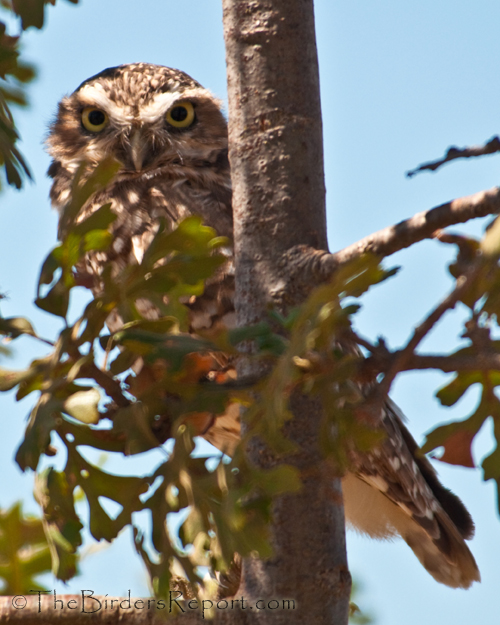 The Burrowing Owl Community Is Watching photo by Larry Jordan
The Burrowing Owl Community Is Watching photo by Larry Jordan
Scott Artis of JournOwl has uncovered a cover-up at California Department of Fish and Game (CDFG) involving the suppression of a report that suggests that their current policy relating to Burrowing Owls amounts to “take.” ” Take” is a euphemism for “killing” in conservation terms. Basically the suppressed report is confirmation that these practices have been a direct cause of the decline in Burrowing Owl numbers in California over the last several years.
We hope that shining a very bright light on these CDFG practices, and spreading the word amongst conservation and birding groups, will help to get these CDFG practices changed to measures that actually protect wildlife in California rather than destroy it.
As the facts of this cover-up come out we will keep you updated and discuss our strategy to push for implementation of new conservation plans for Athene cunicularia, the Burrowing Owl. Make sure to read Scott’s post for all the details.

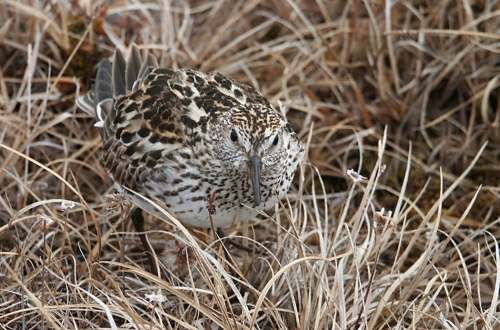
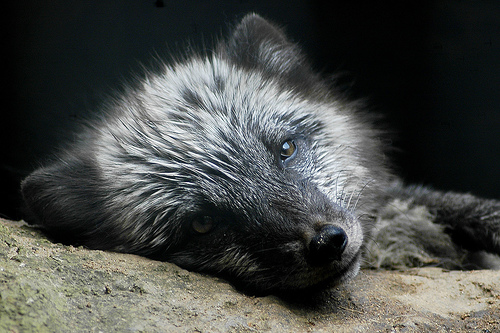
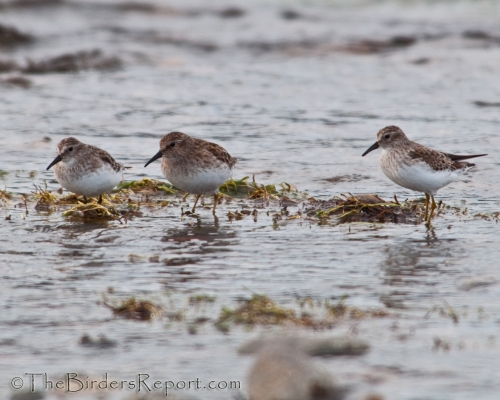
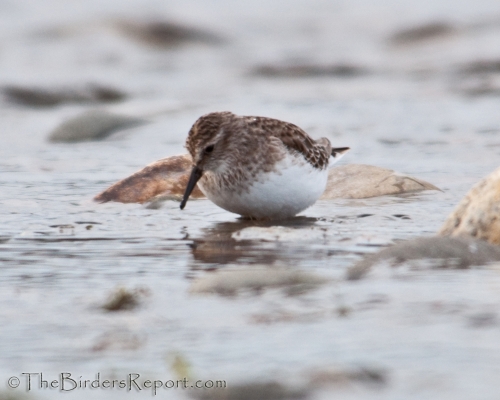
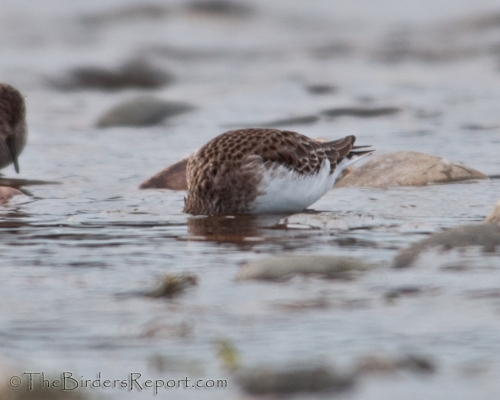
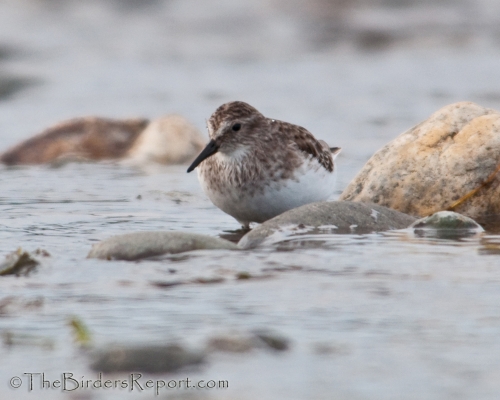
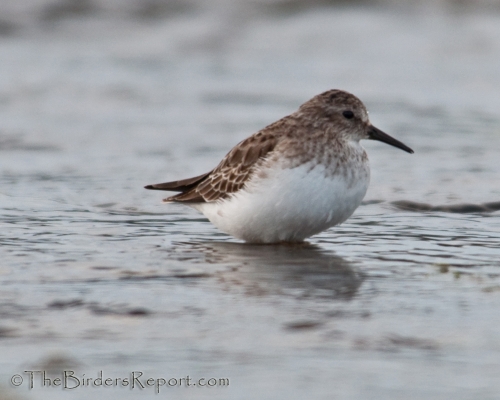
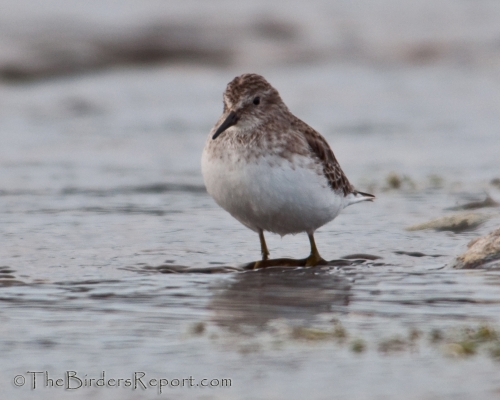
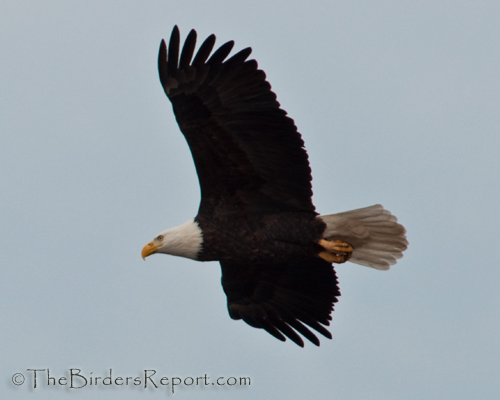 Bald Eagle photos by Larry Jordan
Bald Eagle photos by Larry Jordan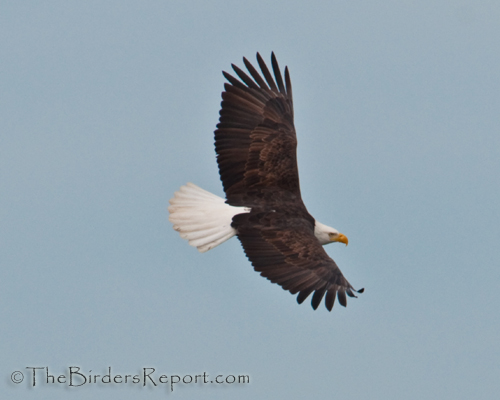



Social Media Connect